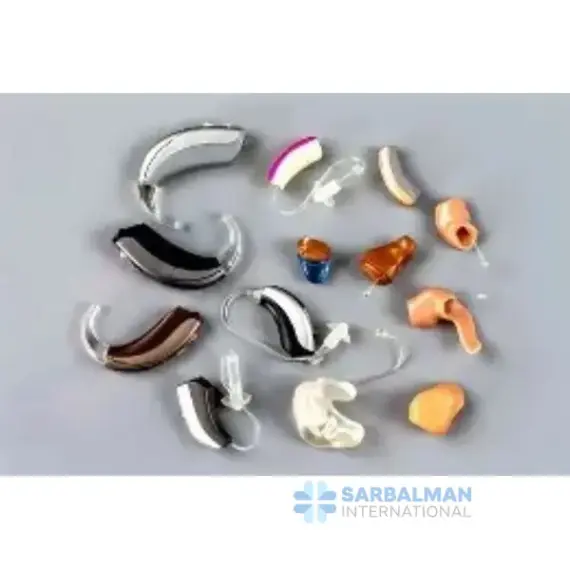Hearing Aids
Free!
Description
Hearing aids are small electronic devices that amplify and shape sound to support people with mild to profound hearing loss. Worn behind the ear or inside the ear canal, they capture sound with microphones, process it through a digital chip, and deliver clearer, more audible speech through a tiny receiver. Modern designs focus on natural sound, comfort, and all-day reliability for home, work, and social settings.
Key features and benefits:
• Digital signal processing that highlights speech and reduces background noise
• Directional microphones to focus on the person speaking in front of you
• Feedback suppression that limits whistling for comfortable listening
• Multiple listening programs for quiet rooms, outdoors, and busy venues
• Rechargeable options with pocketable charging cases for daily convenience
• Bluetooth connectivity for calls, music, and TV streaming
• Telecoil compatibility for hearing loops in theaters, houses of worship, and transit hubs
• Moisture and dust resistance with practical IP ratings on many models
• Discreet colors and ergonomic shapes that fit a wide range of ears
Common styles and use cases:
• Behind-the-ear and receiver-in-canal models for most adults, offering power and easy handling
• In-the-ear, in-the-canal, and completely-in-canal styles for a low-profile fit
• Pediatric fits that pair durability with tamper-resistant battery doors
• Single-sided solutions for unilateral loss and CROS routing when appropriate
Typical applications and settings:
• Everyday conversation at home and in the office
• Meetings, restaurants, classrooms, and places of worship
• Hands-free calling and multimedia streaming from phones and laptops
• Assistive listening in loop-equipped public venues
Comparison notes:
• Receiver-in-canal models balance discreet size with upgrade flexibility.
• In-ear customs maximize concealment but may have smaller batteries.
• Power behind-the-ear models suit severe losses and allow larger controls.
Quality and compliance:
• Professional fitting and verification help match amplification to an individual audiogram.
• Many devices follow recognized electroacoustic performance standards such as IEC 60118.
• Routine cleaning and scheduled follow-ups maintain clarity and extend service life.
Choosing the right hearing aid improves speech understanding, reduces listening effort, and reconnects everyday moments with comfortable, natural sound.





